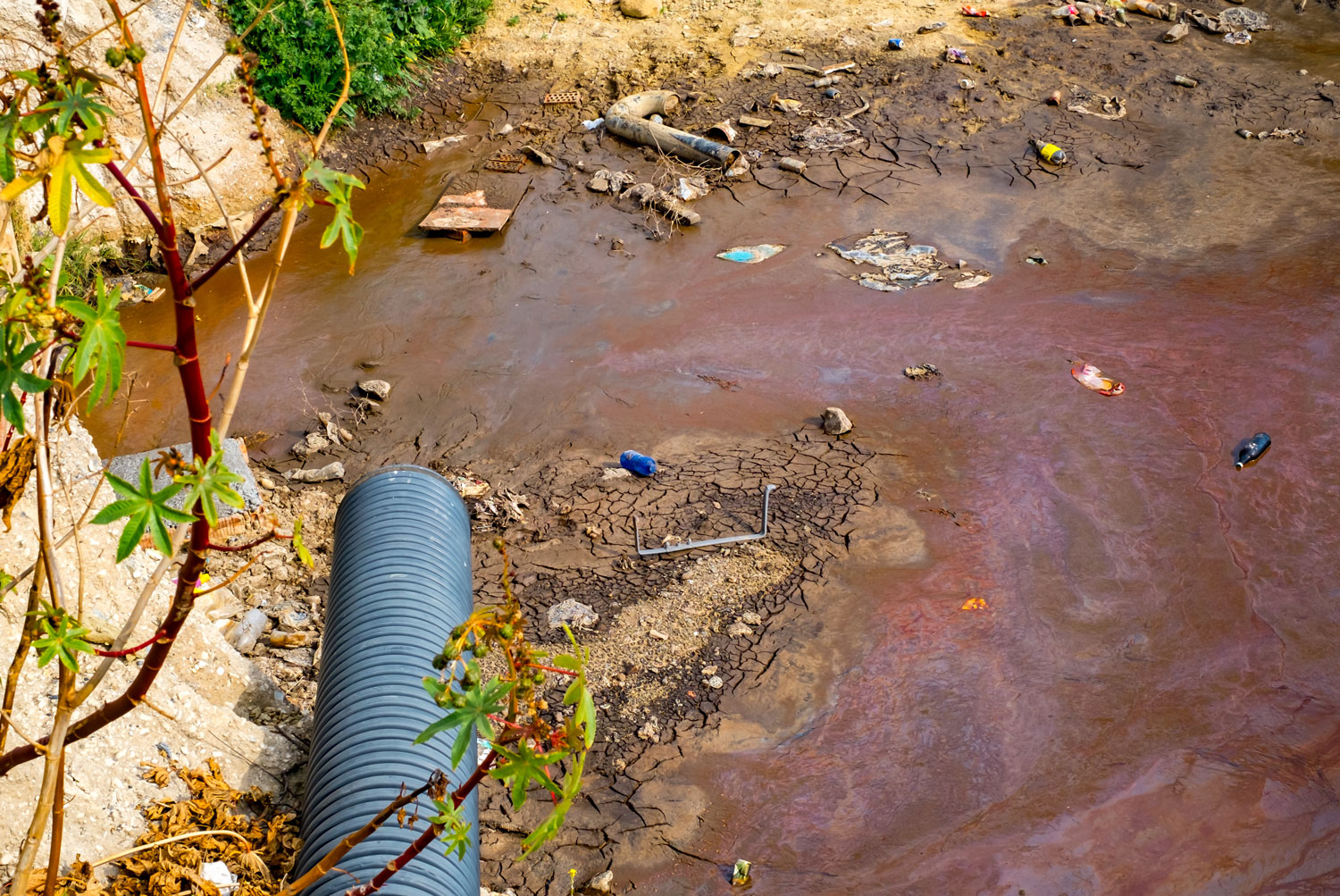Water Crisis
Solving the Water Crisis Remains Very Much a Global Target
The United Nations’ has identified access to clean water as a human right in its Sustainable Development Goal Number Six, but solving this world priority remains very much an elusive global target. While most assume the World Health Organization’s (WHO) estimate of a billion people lacking clean water is a third world problem, the startling reality is that countless numbers here in the United States are victims of contaminated water sources as well. Perhaps not so surprisingly, most of the non-profit effort and funding for clean water projects is directed not toward our own polluted drinking waters, but instead to places like Africa and southern Asia.
Our country has always been fortunate to have a clean abundance of this natural resource, but continuous population growth accompanied by expanding manufacturing, mining, and agricultural activities has challenged an aging infrastructure’s ability to insure clean water.
The stewardship of our water supply, critical for both health and security, is facing an alarming rate of contamination of both surface and groundwater. The EPA reports that forty one states face various levels of water contamination, but nowhere is the danger more acute than in Appalachia.

Approximately 43 million Americans, or 15% of the population, rely on their own private drinking water supplies from groundwater wells. Many of these live in Appalachia, one of the most economically-depressed regions in the United States and home to 25,000,000 people, living in parts of thirteen states.
The Harmful Extraction of Natural Gas
Many of the once-clean streams, rivers, and ground water sources of Appalachia are now polluted with levels of organic and inorganic contaminants tested at levels far exceeding EPA guidelines. Natural occurring activities contribute to some of the contamination, while studies also point to extraction activities.
Mountaintop removal for coal extraction and accompanying valley fill has been a controversial issue for years. Material exploded from removing up to 500-600 feet of a mountain, in order to access the col seams, is bulldozed into adjacent valleys and heavy metals such as arsenic, lead and mercury can then eventually leach into surface waters, potentially destroying aqua populations along the way and contaminating shallow-drilled wells.
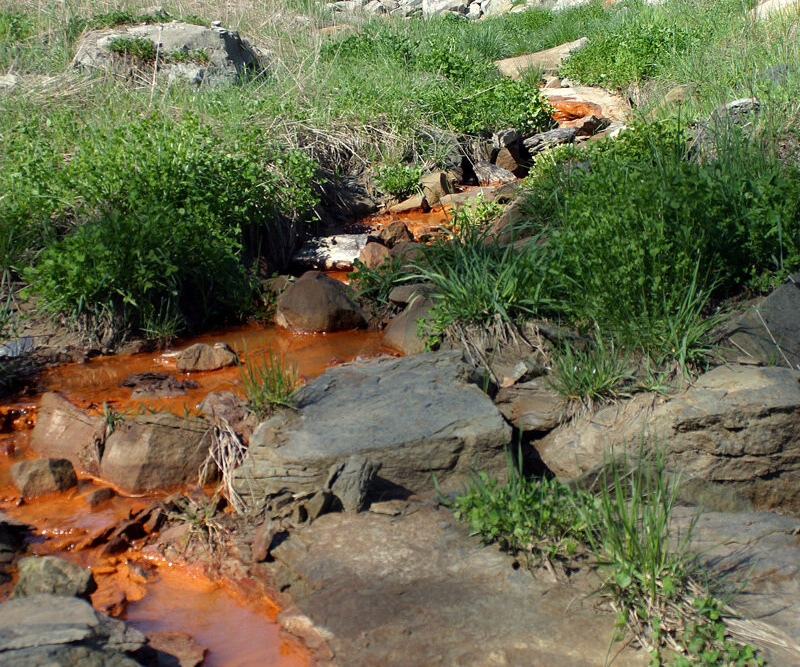
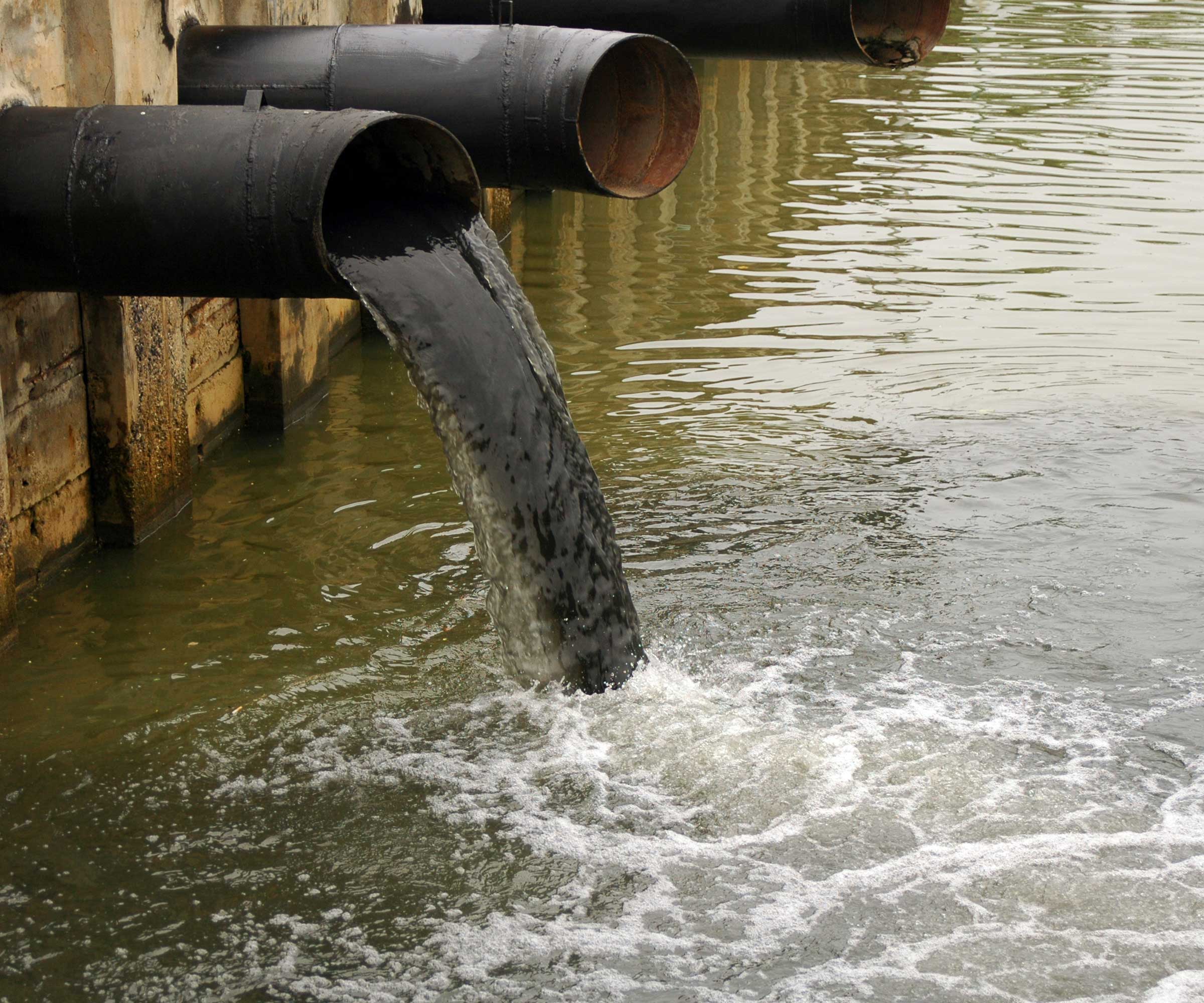
Health studies conducted by Yale, Duke, and Indiana Universities generally agree that the effects of these commercial activities are resulting in an assortment of illnesses much higher than national averages and attribute these findings to the extraction activities.
Extensive Research Continues
Research continues to the causes and long term effects of this dangerous situation. While residents, environmentalists, and a growing number of scientists point to mining or extraction activities as the sources of contamination, others cite natural causes in the pollution of the groundwater and aquifers. But, since all the areas in question are heavily dotted with activities of coal mining, including mountaintop removal, gas fracturing, and chemical manufacturing, excluding these activities as likely causes is difficult.
Water-poor communities are typically economically poor as well, their residents trapped in an ongoing cycle of poverty. Education suffers when sick children miss school. Economic opportunities are routinely lost to the impacts of rampant illness and the time-consuming processes of acquiring water where it is not readily available. Children and women bear the brunt of these burdens.
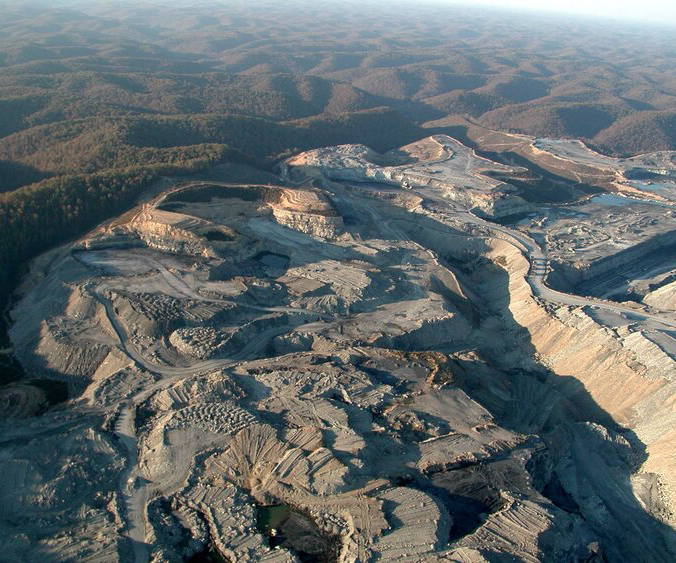
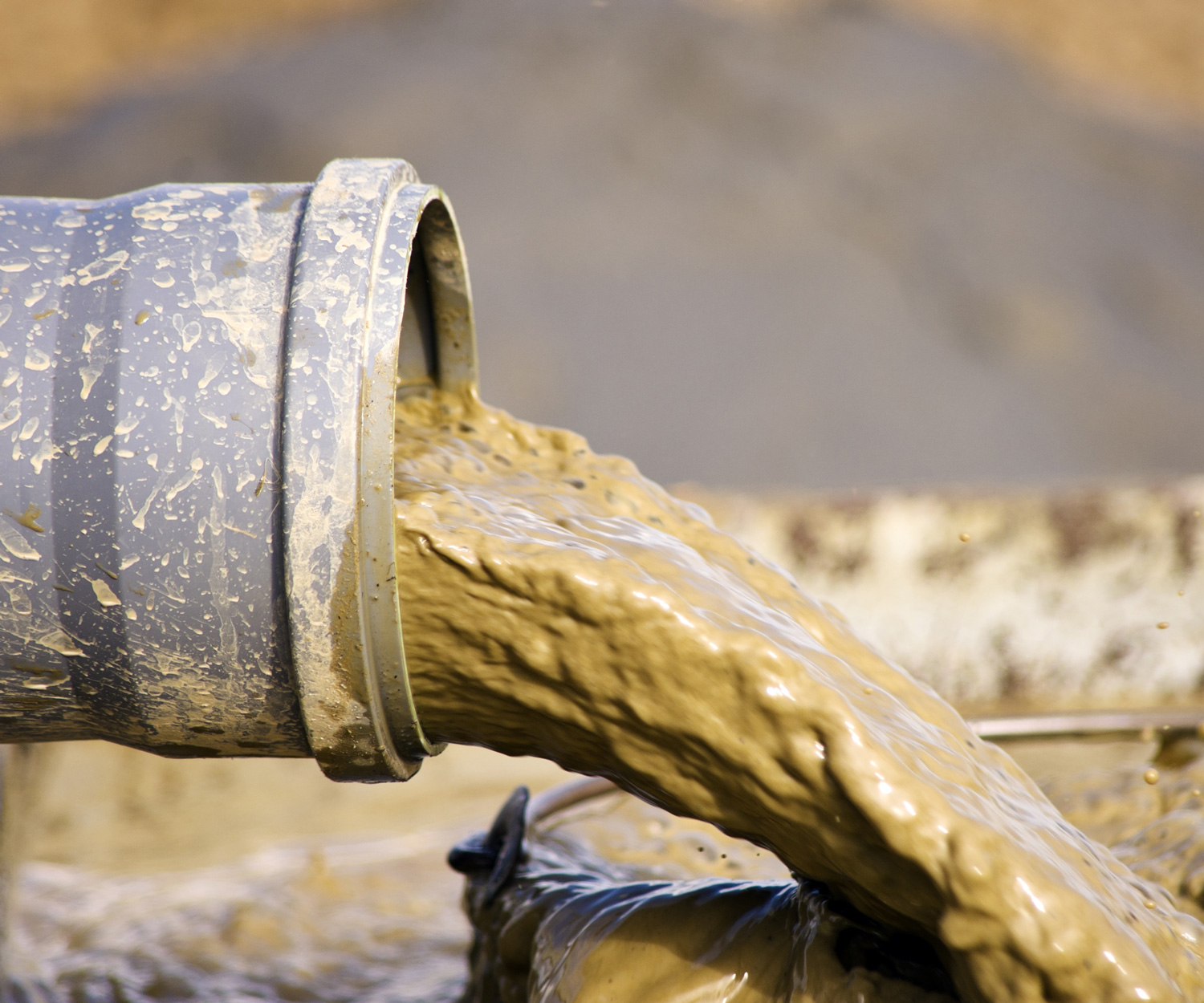
Lack of Options
Due to economics and geography, connecting to an existing public water system is not an option for many Appalachian families with poisoned wells. The only safe choices are bottled water or deliveries by tanker truck, but either choice creates strain on already stretched-thin household budgets.
The U.S. EPA prescribes regulations limiting the amounts of certain contaminants in drinking water provided by public water systems, but provides no oversight or testing of private wells.
Lack of legislative guidelines and absence of enforcement at the state level further compounds the water contamination and health issues.
Four Possible Contamination Issues
Assuming that most fracking occurs at depths of 3000-6000 feet, and that typical water well depths are between 100-400 feet, geochemists in the study concluded, with the same summary as a June 2015 EPA report, that the activity itself is far enough below the aquifer that contamination might not be influencing water quality to any great extent. However…the study does NOT rule out four possibilities:
Separate aquifers in relative proximity can be located at different depths thereby be close enough to fracking activities to invite infiltration of fracking fluids.
Drill casing integrity may allow leakage into the nearby aquifers.
Drill casing integrity may allow leakage into the nearby aquifers.
Gas drilling could possibly breach undocumented abandoned coal mines resulting in well casement failure.
Water Contamination Can Vary
The quality of all sources of drinking water, including rivers, lakes, streams, ponds, reservoirs, springs, and wells, varies. While water quality is certainly affected by human activities and naturally occurring events as it travels over surfaces and through the ground, the health issues that have surfaced at alarming rates today, did not occur with such frequency in the past.
In some instances, coal companies, chemical companies, and states have underwritten these alternate water supply expenses under court order, but this remedy is not self-sustaining economically and many legal settlements mandating this assistance have since expired, leaving thousands of Appalachians with difficult economic decisions and very few options.
